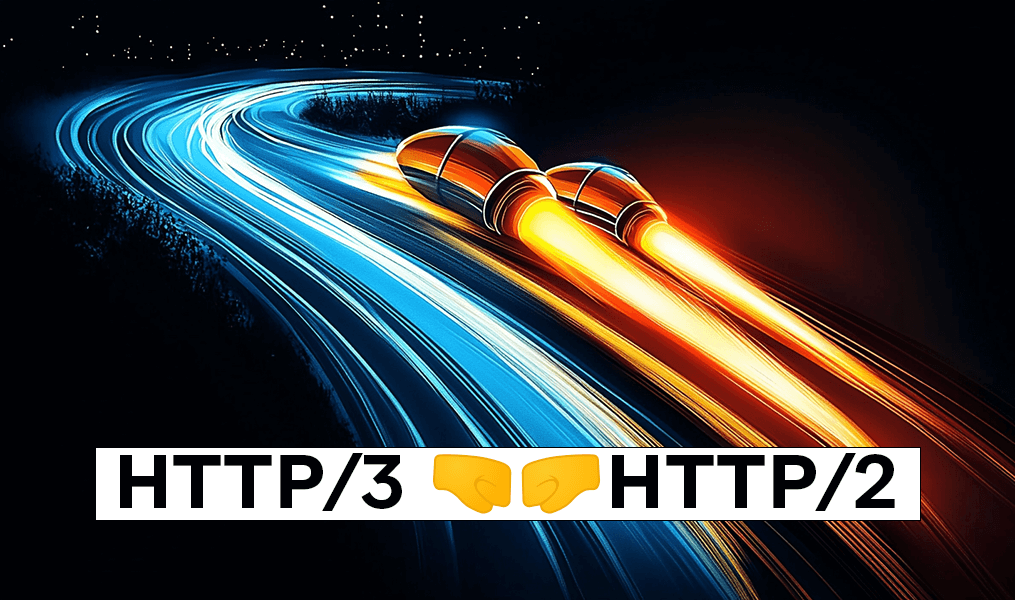Why image optimization is important for SEO in 2024: tips to improve your website
04 November, 2024In this article, you will learn how to optimize images on your websiteto maximize their impact on SEO.
The impact of image optimization on SEO
Image optimization is a significant aspect of SEO that affects several key parameters:
- Page loading speed. Compressed and optimized images reduce the overall page size, which allows for faster website loading. Google and other search engines give preference to websites with fast loading speeds.
- Reduce bounce rate. The faster the images load, the less likely users are to leave the site due to long waiting times.
- Ranking in Google Images. Search engines take into account the presence of high-quality images with filled in alt tags. This increases the chances of getting into the image results, which can bring additional traffic.
- Improved mobile optimization. Adapted images improve the mobile user experience, which is a critical factor for mobile indexing.
Basic methods of image optimization
1. Compress images without losing quality
Compressing images allows you to reduce their size without significant loss of quality, which significantly speeds up page loading. It is recommended to use tools such as TinyPNG or ImageOptim to help reduce the weight of images before uploading them to your website.
2. Choose the right format
Different formats are suitable for different types of images. For example, JPEG is suitable for photos, while PNG is suitable for graphics with transparent backgrounds. The new WebP format allows you to reduce the weight of images even further while maintaining high quality.
3. Using the Alt attribute
The Alt attribute is important for SEO because it helps search engines understand the content of images. Fill in alt tags with descriptive phrases and keywords to improve SEO and ensure accessibility for the visually impaired.
4. Responsive images
Responsive images automatically adjust to the user’s screen size. This greatly improves loading speeds on mobile devices and contributes to better mobile optimization. Use the srcset attribute to load the appropriate image size depending on the screen.
5. Application of Lazy Loading
Lazy loading allows you to load images only when they are in the user’s view. This is especially useful for pages with a lot of media, as it reduces the initial loading time.
6. Optimize the image file name
The file name can affect SEO as it is also indexed by search engines. Use descriptive, simple filenames that indicate the content of the image, for example, “optymizatsiya-zobrazhen-seo.jpg” instead of “IMG_1234.jpg”. This will help you rank better in image search.
7. Using structured data
Structured data helps search engines recognize page content, including images.
Adding Schema markup for images can help you get enriched results in the SERPs that will improve your site’s visibility.
For example, in articles, you can apply Schema Markup to content-related images, increasing the chances of the image appearing in Google’s search results.
Tools for image optimization or how to optimize images on your website
- PageSpeed Insights is a tool from Google that provides analysis of page loading speed and recommendations for image optimization.
- TinyPNG is a service for compressing PNG and JPEG without losing quality.
- ImageOptim is a Mac application that allows you to compress images without losing quality.
- Collection of modules for website optimization from ARTEX group – sets of tools for improving SEO, including modules for optimizing images and speeding up website loading.
Recommendations for improving results
Follow these tips to achieve the best image optimization results:
- Use PageSpeed Insights to regularly check your loading speed and get image recommendations.
- Use adaptive image formats such as WebP, which provide high quality with lower file weight.
- Don’t forget about Alt tags for each image – this will help not only SEO but also accessibility.
- Compress all images before uploading, especially for sites with a large number of media files.
- Check mobile image optimization to ensure that your images load equally fast on all devices.




